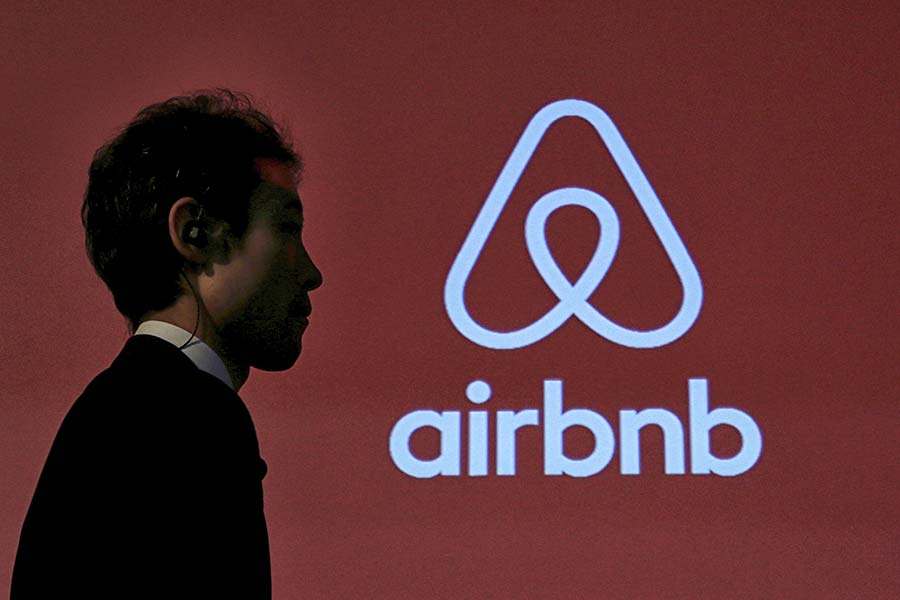Business success is easy; you just have to meet your customers’ needs more effectively and consistently than your competition. At least that’s the idea. In reality, meeting customers’ needs is far from easy. The challenge starts with understanding what customers actually want and need, then taking it a step further to anticipate unmet, unstated needs. The founders of Airbnb built a multi-billion dollar business by observing human nature.
You can trace the approach back to Henry Ford. He purportedly said, “If I had asked people what they wanted, they would have said a faster horse.” The founder of the Ford Motor Company understood that consumers wanted to travel more rapidly but still thought in terms of horses. They hadn’t yet come to want his Model T., but Ford knew they would.
Steve Jobs, the cofounder of Apple, noted, “Get closer than ever to your customers. So close that you tell them what they need well before they realize it themselves.” Jobs convinced many of us we needed a “thousand songs in our pocket” (his marketing pitch for the iPod) as well as a seemingly endless set of other projects that we never knew we wanted, let alone needed.
Other leaders who created exceptional business success by uncovering unmet customer needs have run brands like Starbucks, Zappos, Mercedes-Benz, and the Ritz-Carlton Hotel Company. Howard Schultz, Starbucks’ long-term CEO, was a visionary when it came to customer needs: Who knew the world had such a need for espresso-based coffee drinks, a coffeehouse experience designed to create the “living room” of the community, or mobile payment and mobile ordering linked to a popular gift card and consumer app?
Now consider Brian Chesky (above right) & Joe Gebbia (above center, with CSO, and cofounder, Nathan Blecharczyk, left), two of the three founders of a brand that went from three air mattresses to a company valued at more than $38 billion — in just over ten years. Chesky and Gebbia had recently graduated from the Rhode Island School of Design and were sharing an apartment in San Francisco. After their third roommate left unexpectedly, they decided to try to rent the empty room to attendees of an upcoming design conference in San Francisco.
Using a rudimentary website targeted at attendees, Chesky and Gebbia connected with three guests who rented air mattresses at $80 per night for the duration of the conference. While hosting those guests, Chesky and Gebbia observed some exciting things: People were willing to access economical travel accommodations; there were benefits to using web tools to secure a reservation efficiently; contrary to popular belief, guest’s where open to staying with strangers; they recognized the powerful bonds that can be forged with this type of arrangement and there was a positive outcome for host and guest alike.
Based on that experience, they solicited the assistance of their friend and computer scientist Nathan Blecharcyzk (the third leader of the company) to help build out what has become Airbnb — an online travel accommodation and experience marketplace that has processed over 400 million guest arrivals worldwide. The company’s meteoric success is all about finding and fulfilling the unmet needs of customers.
Use these three strategies from Airbnb to find the unmet needs of your customers:
1. Pay attention to the changing habits of all consumers. While it’s essential to understand the unique needs of your specific customers, it’s also necessary to pay attention to broad social trends affecting consumers at large. Hotel companies had been making incremental changes to improve the experience of their key customer segments. But leaders in those organizations underestimated customer desires for greater personalization and unique offerings. As such, hotels were improving a reasonably ubiquitous experience (a 325 square foot hotel room in high traffic areas). In contrast, Airbnb offered diverse, crave-able, shareable places, and experiences.
2. Listen, ideate, try, and do. For Airbnb’s founders, design education shaped their approach to leadership. Using design theory, leaders can inspire teams to listen (both with their ears and through observation) for customer needs, create solutions for those needs, try viable solutions (test and learn) and deploy the solutions that best serve customer needs. Leaders in innovative companies create cultures that consistently listen, explore, try out, and implement the best options.
3. Stay restless. Great business minds like Marshall Goldsmith and Jim Collins have weighed in on the importance of continually leading change. Goldsmith notes, “What got you here won’t get you there.” Collins suggests leaders should never see “success virtually as an entitlement,” or they will “lose sight of the true underlying factors that created success in the first place.” Routinely ask questions like, “What if? What else might we do? How do we know?” You need to avert complacency and continually stretch in the direction of a tireless journey to customer experience excellence.
This is certainly an exciting time to be a leader. But meeting your customers’ stated needs is not enough. Meeting the obvious needs should be table stakes by now. As leaders from Henry Ford to Chesky, Gebbia, and Blecharcyzk have demonstrated, true greatness comes when you strive to go beyond meeting the obvious needs of your customers. Instead, strive to meet the unmet and unstated needs of those you serve.




































